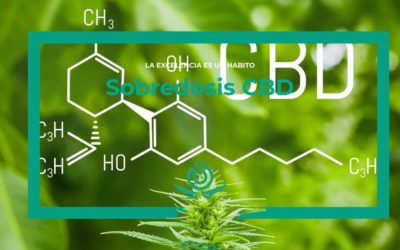Is it safe to take medication and CBD?
Cannabidiol, known as CBD, is a natural chemical compound, found in the resinous flower of the Cannabis sativa plant, which has a long medicinal history dating back thousands of years. Currently, scientific people confirm its therapeutic properties.
Among the uses of cannabidiol, we can mention that it is being used to treat epilepsy and other seizure disorders, anxiety, to calm different types of pain, Parkinson’s disease, dystonia, Crohn’s disease, among others. In this article we will talk about the pharmacodynamics of CBD with other drugs.
Showing 1–8 of 25 results
-
Sale!
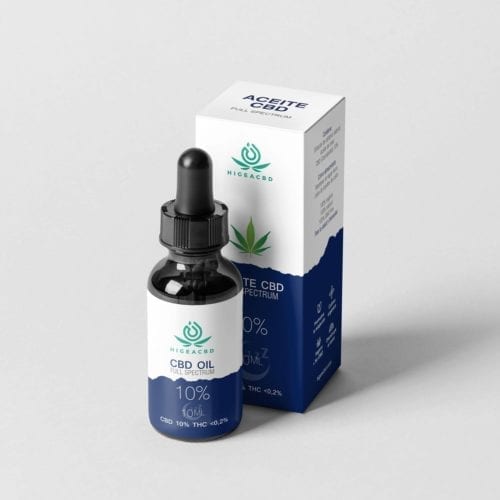
Aceite Higea CBD 10%
29,95€ Add to cart -
Sale!
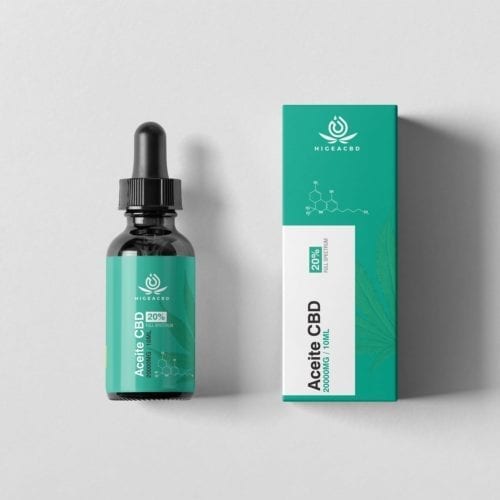
Hygea CBD Oil 20%.
49,90€ Add to cart -
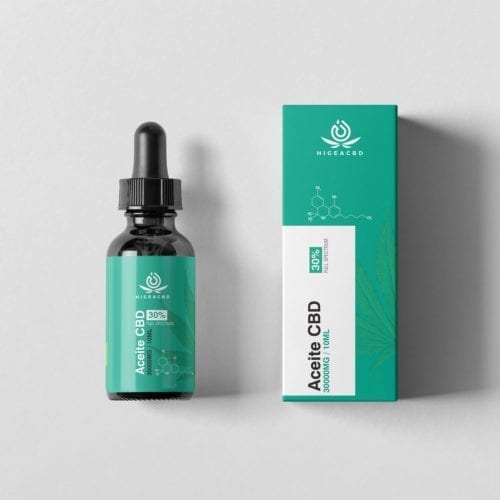
Hygea CBD oil 30%.
89,95€ Add to cart -
Sale!
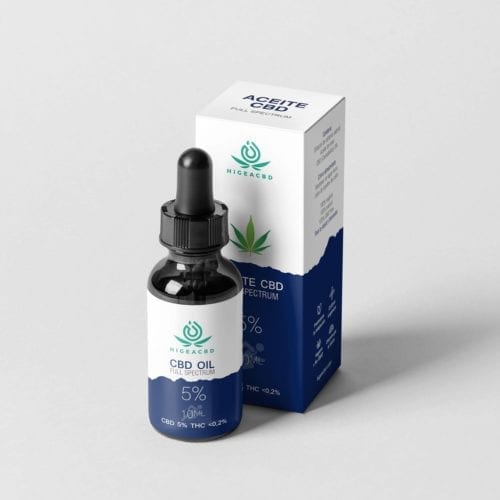
Aceite Higea CBD 5%
19,95€ Add to cart -
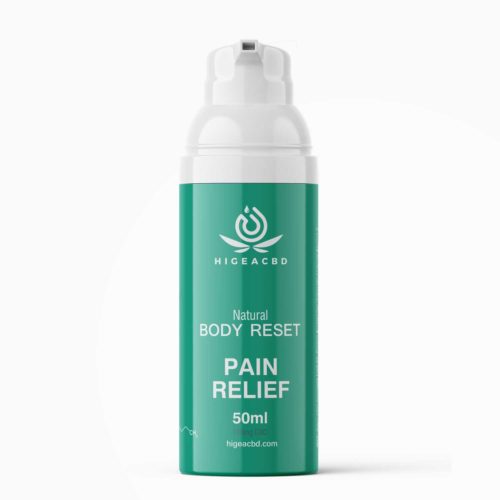
Higea CBD muscle pain cream 50 ml
21,95€ Add to cart -
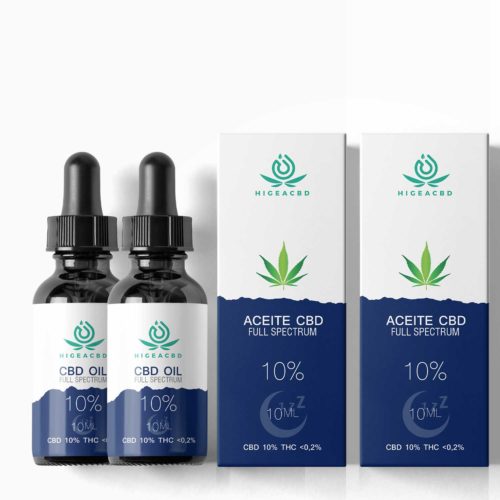
Basic Pack
47,41€ Add to cart -

Medium pack
94,81€ Add to cart -
Sale!
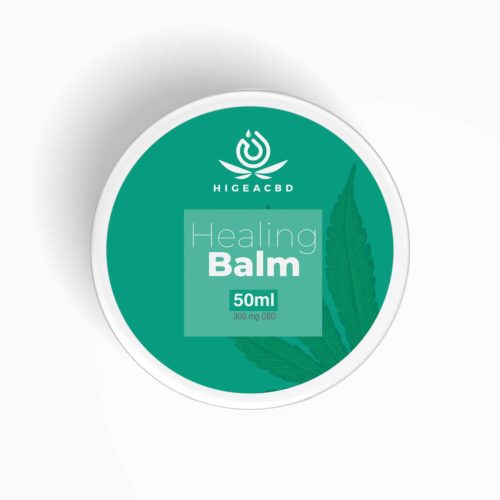
Healing Balm Hygea CBD
19,95€ Add to cart
How does CBD work?
CBD works as a drug that interacts with the endocannabinoid system, as a regulatory network that allows the body to function better. The compound CBD acts with various ion channels to give the body a therapeutic effect.
However, the speed with which the benefits of CBD in the body will depend on the way it is administered, because it can be acquired in different presentations, so it can be taken in several ways and this will influence the metabolization of the compound.
Once the therapeutic cannabidiol has been administered, the liver is responsible for breaking it down into a series of compounds that are used by the cells to be transported through the body to interact with the receptors of the endocannabinoid system and serotonin.
Although the study of cannabidiol is in its early stages, there are indications that it is able to relieve pain in lesions produced to any nerve, act as an antiseptic, antidepressant and inhibits nausea.
It is being widely used for the treatment of epilepsy in children, as a muscle relaxant and to treat Dravet syndrome. The use of cannabidiol as a treatment for psychotic patients has given positive results.
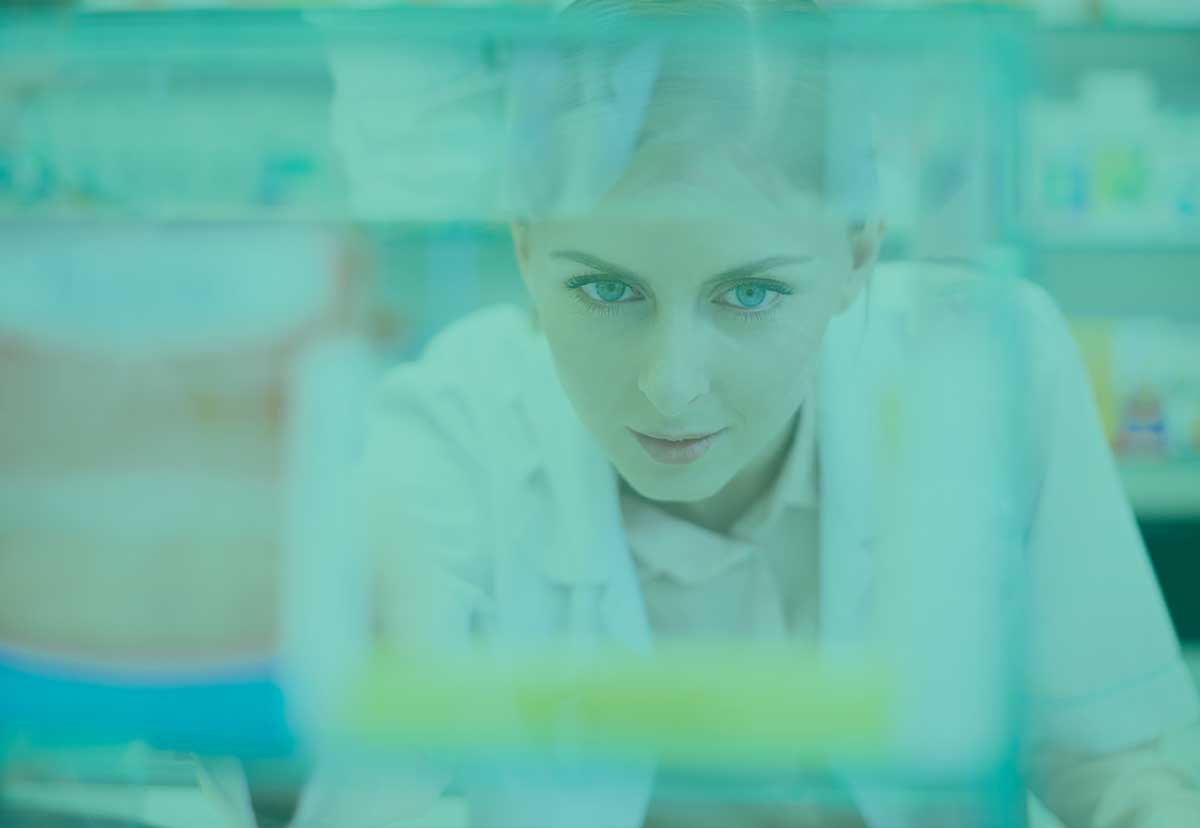
The long-term safety of CBD extracts
Unlike THC, which comes from the same plant and is a psychoactive that produces the alteration of perception and modification of the state of mind, which produces addiction, CBD is not addictive, when it is not mixed with other substances that can be addictive.
According to the WHO on the use of CBD, reported that it has no evidence that the administration of this product in any of its presentations, either in oil, vapeo, lotions, among others, can produce abuse or dependence. The WHO has already ratified that CBD is not addictive, nor dangerous.
As for its effectiveness, the WHO points out that clinical studies show that CBD treatments are effective for epilepsy, migraines, various pains and can be very useful for treating other diseases, ailments and other medical conditions.
How CBD interacts with other drugs
Since the effectiveness of CBD to treat Dravet’s Syndrome became known, the scientific community turned to carry out studies on its healing properties, so it was discovered that it is effective for the treatment of other diseases.
Using cannabidiol is generally very safe to use, however, its interaction with other medications must be taken into account. The way our bodies process CBD can affect the way we metabolize other drugs. If a drug is not assimilated in the right way, it can remain in our body for a long time, which can lead to complications and side effects.
This would be the case if CBD is combined with anticoagulants, so if both medications are to be administered in combination, one must be very attentive to the changes that may occur in the bloodstream and use only the doses recommended by the physician.
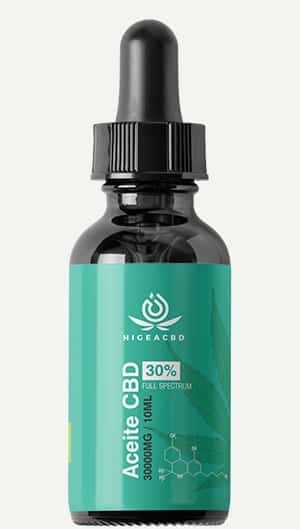
How our body metabolizes CBD
The CBD is metabolized in the liver, helped by the cytochrome P450 enzymes, which are the same ones in charge of breaking down most of the drugs we consume, and then distributed throughout the body, where it can remain for up to a month.
In all that time it is preserved in the fatty tissues, to be later released by the urinary and biliary system of the body. For CBD to work in our bodies, it needs to be absorbed by the body, i.e. it needs to get into the bloodstream and from there to the tissues and organs.
The assimilation and transformation of CBD will depend on how the dose is administered and the route by which it is consumed, which will take more or less time to take effect. The sublingual absorption, which is the use in most EU countries, guarantees the highest bioavailability.
Sublingual CBD intake is the easiest form of application, not the most efficient way to absorb large amounts. If it is put under the tongue, its effect would be much faster, as it would be absorbed through the mucous membranes and reach the blood in less time.
Related articles
CBD for gamers
In this article about CBD for gamers we will tell you what science says about the use of CBD in videogames Enter!
Sertraline
Sertraline defines a variety of ailments, such as anxiety, panic attacks and depression How does CBD relate?
CBD: The gift for Father’s Day
If you are looking for the best gift for Father’s Day, we recommend the CBD sleeping drops Enter!
CBD: Gift for Grandparents’ Day
This cannabidiol provides many healthy benefits to the elderly, improving their quality of life Enter!
CBD overdose
If you are a regular consumer of cannabidiol you may have wondered if it is possible to suffer a CBD overdose, we explain it to you!
Hemp ethanol
Hemp ethanol has positioned itself as a fuel of the future with great benefits for the population Enter now!
Subscribe to our newsletter
Subscribe and receive a 10% discount on your purchase.
Store
Categories
Guides
Legal notice and privacy policy




